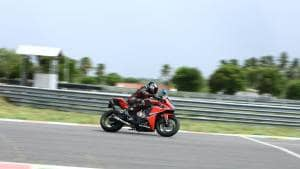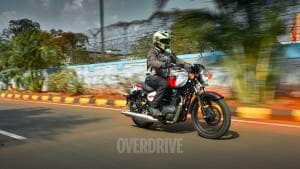2020 Benelli Imperiale 400 BS6 Road Test review
When I think of the Italian two-wheeler brand Benelli, the only motorcycle that has left a deep impression in my mind is the TNT 1130R streetfighter. It had the eyes of an alien, a muscular design that can give even present-day naked bikes some serious competition and a large triple that made an eargasmic soundtrack. However, with the change in times and ownership, all of that is in the past, Benelli is heading in a different direction with a stronger focus on making accessible motorcycles that will bring volumes to the brand.

In July this year, Benelli launched its first BSVI compliant motorcycle in India, the Imperiale 400, an entry-level modern classic that was introduced in 2019 to take on the ever so popular Royal Enfield Classic and the Jawas. Does the BSVI iteration feel any different and is it worth the price that Benelli is asking for? We find out in our road test review.
Classic design
A glance at the Benelli Imperiale 400 could make you mistake it for a more expensive modern-classic, perhaps something from the UK. What we like about the design of the Imperiale 400 is how well it manages to capture the vintage vibe yet look distinct compared to its peers.
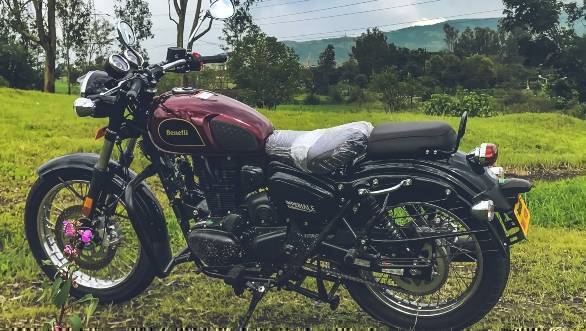
The motorcycle features the quintessential classic look with a simplistic round headlight and indicators, twin-pod instrumentation and spoked wheels. Look at the Imperiale 400 along its length, and there is some resemblance that one can draw with the BSAs and the Nortons from the yesteryears.
The use of chrome has been done very tastefully around the lights, mirrors, fuel cap and the instrumentation, which contrasts well with the all-black theme of the Imperiale 400. The only part that adds colour to the overall design is the 12-litre fuel tank, which can be chosen from either maroon, black or silver. Our favourite from the three has to to be the shade of maroon as it gives a premium touch, also helps it look distinct from the sea of black motorcycles sold in India.
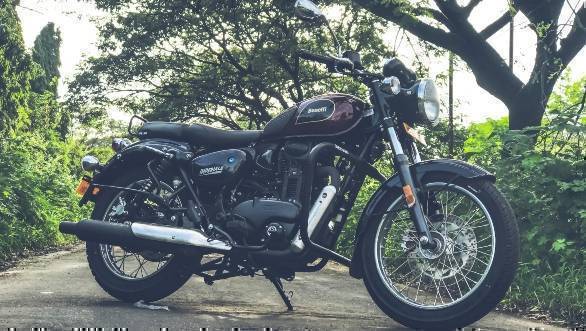
The other aspect about the Imperiale 400 that we liked is how well proportioned the motorcycle looks when seen from any angle. Unlike some designs, that lose their enthusiasm at the second half assuming it is only the front that grabs attention, the Imperiale 400 features a muscular rear with a large round fender holding the lights, registration plate and also covering the chunky 130/80R18 rear tyre.
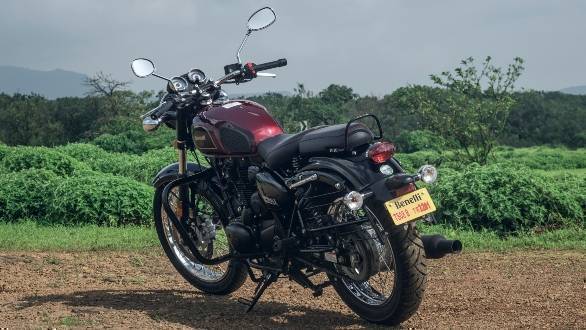
Features and build quality
The twin-pod instrumentation has a part analogue and part LCD display, which shows time, trip information, gear and fuel indicator, along with other telltale lights about ABS, battery, engine check, reserve fuel and lights. The layout of the speedo and odometer are simple with a nice white background, which helps you read the numbers even with the harshest sun hovering on you. What is deceiving though is the digital fuel gauge which shows inconsistent bars, even with a tank full.
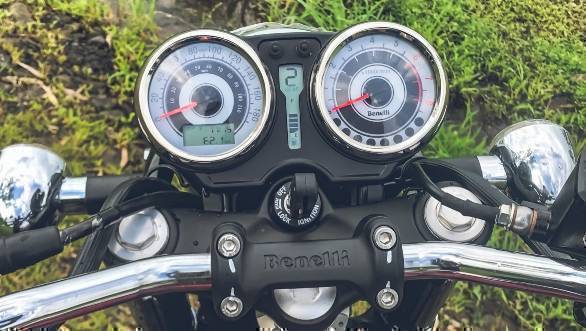
The switchgear quality is decent. Even the chrome on the different parts of the motorcycle does not look tacky. However, the fuel tank and the seat, on our test bike, had a bit of movement whereas the rubber on the left footpeg had slipped off during our rides. Even the crash guard on our motorcycle, which we believe was an aftermarket add-on, could not hold its form after going through a minor tip over on the soft ground.
Performance
Benelli has managed to keep the power and torque figures of the 374cc single-cylinder air-cooled engine intact, during the transition from BSIV to BSVI. This unit puts out 21PS at 6,000rpm and generates 29Nm at 3,500rpm. When you compare these stats with an almost identical displacement KTM which makes double the power and higher torque output, the Imperiale 400 might come across as an underpowered motorcycle on paper. But then it is a modern classic that wants you to see the world at a decent pace and not just go motion blur on everything.
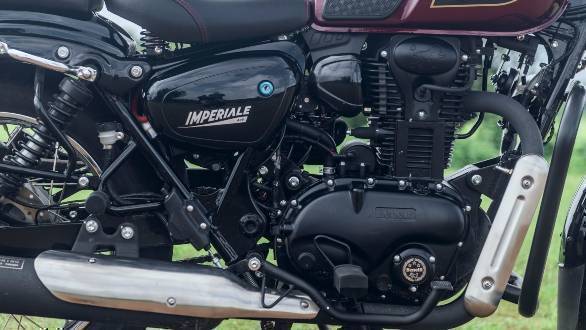
Crank up the motor and you are greeted with a tamed long-stroke 'dug-dug' engine note, which is less bassy than the iconic thump of the Royal Enfield Classic. Considering that Benellis have always sounded nice, I did expect the Imperiale 400 to sound better than what it did. Even the single-cylinder Jawas produce a better note.
Rev the motor at standstill and you can see the mirrors vibrating. While riding the Imperiale 400 at slow speeds, countering traffic, you realise that the motor does throw in a gentle buzz on the handlebar and the pegs but it's not discomforting enough for you to write it off. What I liked about this unit is how nice and smooth it feels while building momentum from lower revs entering the mid-range, where it can happily sit all day long commuting with great ease.
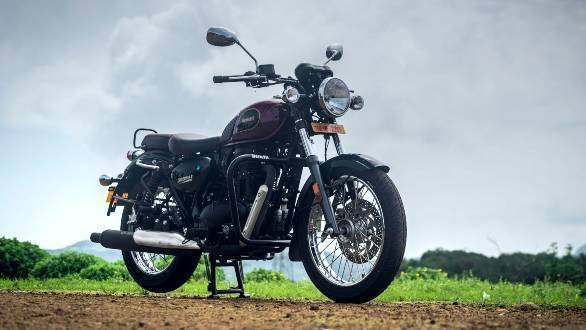
However, the sweet spot of this motor is between the 4,000 to 5,000rpm, which is best experienced on open roads. In this rpm range, you can be easily cruising at speeds of 100-110kmph sans vibrations. Push it further and the motor obediently reaches speeds of up to 120kmph, but post that the buzzing in the handlebar and the pegs return. The redline on the cluster starts at 6,000rpm but the rev limiter is set at 7,500rpm. The engine note becomes raspy at the cut-off, which was to my liking. The bike took 5.8s to reach 60kmph and 14.9s to touch 100kmph from standstill.
![]()
The engine is paired with a 5-speed gearbox offering smooth and precise shifts. A slipper clutch could have added convenience (and cost) but the existing unit does the job just fine. During our tests, the Imperiale 400 returned 31.64kmpl in city and 36.58kmpl on the highways, which effectively translates to a range of 350-400km in one full tank.
Ride and handling
Starting with the things that we like about the Imperiale 400, the motorcycle has the right ergonomics that can accommodate a wide range of riders, with the wide handlebar, 780mm seat height and comfortable seating. The rider and the pillion seats offer generous space and are nicely cushioned, which offers a comfortable experience on longer journeys.

The suspension setup consists of a telescopic front and a pre-load adjustable rear, which are forgiving on bad roads and potholes offering a cushy ride. However, the front feels tuned for a softer feel whereas the rear is on the firmer side, offering a sort of disconnect between the two. The straight-line stability is unaffected by this but it is only when you are cornering at higher speeds, the ride can feel unsettling on some occasions.
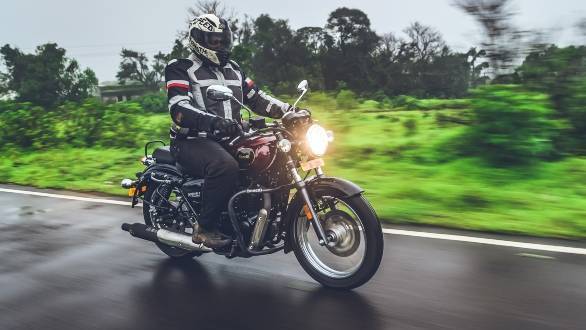
The Imperiale 400 runs on MRF Zapper FS tyres, which offer decent grip on the tarmac and even on wet surfaces. While the overall stance and the wide handlebar does offer an engaging experience around turns and curves, a proper connect between the front and the rear could've made this experience better. Further, the centre stand scrapes on almost every speed breaker, even with a higher ground clearance of 165mm. This could be due to mass being concentrated in the centre, due to the heavier engine and a longer wheelbase.
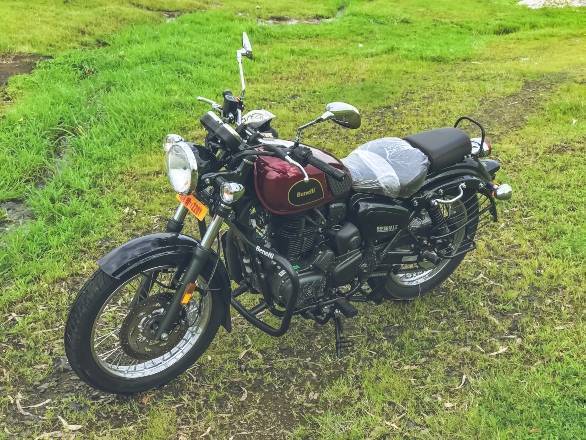
The other infamous trait of Benellis is their weight, which is often on the higher side. At the beginning of the review, I mentioned the now-defunct 2014 TNT 1130R, which has some similarity to the Imperiale 400. Both the motorcycles tip the scale at 205kg. What worked in the favour of the TNT was the larger 157PS-making 1131cc triple, that is obviously not the case with the Imperiale 400.
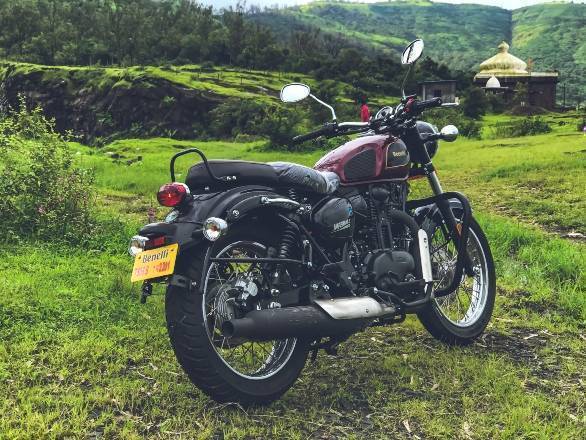
It takes a lot of effort to physically push the motorcycle around, which will be a challenge if you encounter a breakdown at a remote location and have to push the motorcycle to the nearest repair centre. Adding to that is the large turning radius, that can be an issue when you want to take a quick U-turn.
Lastly, the brakes on the Imperiale 400 aren't the best in the business as they do not offer sufficient bite to bring the motorcycle to a standstill as quickly as you want it to. The braking performance was too spongy for my liking and needed the brakes full travel to come to a halt.
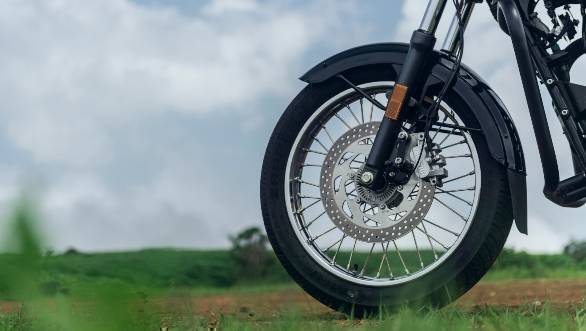
Verdict
For now, the Imperiale 400 is the only Benelli motorcycle that you can buy. There will be seven BSVI launches in India, two of which will arrive by the end of this year. What we like about the Imperiale 400 is that it brings a fresh take to the entry-level modern classic segment which has been dominated by Royal Enfield for years now. One might also want to include the Jawa in this mix but the brand has been struggling with deliveries ever since it started its new innings in the country.
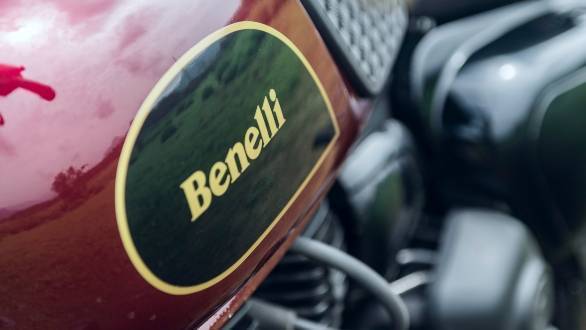
The Benelli Imperiale 400 BSVI has been priced at Rs 1.99 lakh, ex-showroom, which does make it a premium offering among its rivals. Benelli is justifying the price tag by offering a best-in-class 3-year unlimited-kilometre warranty as standard, along with complimentary service for the first 2-years covering five periodic maintenance services. That aside, the Imperiale 400 does offer a distinct character in terms of the retro design and engine performance.
The Imperiale's newness brings a sense of exclusivity, compared to the Classic that can be seen almost everywhere. But then comes the most pertinent question, where does the Benelli Imperiale 400 stand against the Royal Enfield Classic 350 - a motorcycle that has successfully existed for more than a decade and still going strong. We'll leave that for another day.
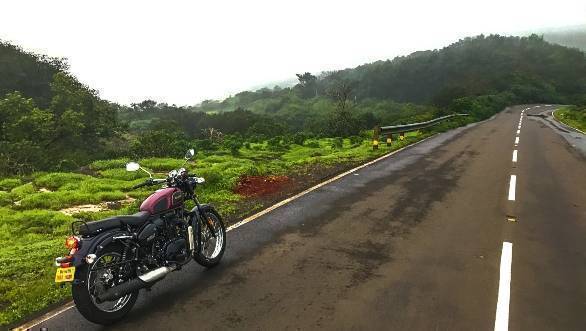
Images: Rajeev Gaikwad and Aditya Chatterjee
Starts Rs 1,99,000
374cc
5-Speed
21.00
29.00
35.39 Kmpl
